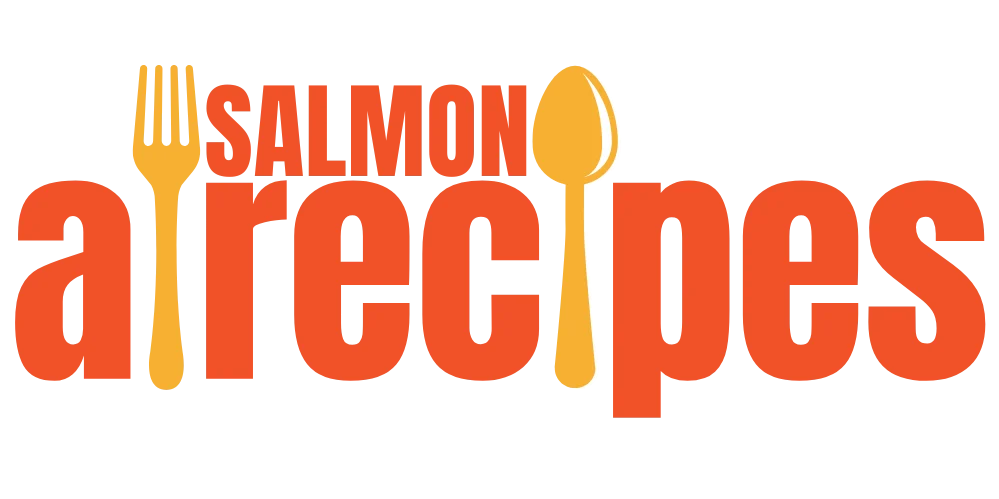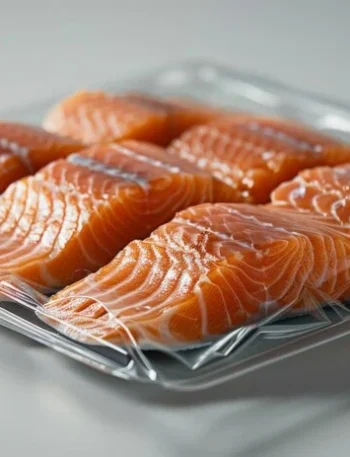Whole salmon—meaning a salmon sold as a full, uncut fish is one of the most in-demand seafood products worldwide. It appeals to chefs, seafood lovers, importers, and health-conscious consumers because of its versatility, rich nutritional profile, and cost-effectiveness. Whether it’s grilled whole, baked with herbs, or processed into fillets, buying whole salmon gives maximum flexibility in preparation.
From Norway’s cold fjords to high-end sushi restaurants in Tokyo and premium grocery stores in the U.S., whole salmon plays a central role in the global seafood industry. In this guide, we’ll explore what whole salmon is, why it’s popular, global trends, and how you can buy or use it effectively, whether you’re a home cook, retailer, or distributor.
Table of Contents
What is Whole Salmon?
Whole salmon is the entire fish, usually cleaned (gutted) but uncut, sold with its head, tail, and bones intact. It gives chefs and consumers full control over portioning and use.
Why It Matters
- Gives better value per kilogram compared to pre-cut fish
- Keeps the fish fresher for longer
- Can be used in multiple ways (fillets, steaks, broths)
Restaurants, caterers, and households especially prefer whole salmon during festive seasons or large gatherings.
Benefits
1. Economical Choice
Whole salmon is cheaper per kg than buying individual fillets or portions. It reduces waste and increases usable parts like bones (for stock) and head (for stews).
2. Fresher Shelf Life
When kept whole, the fish retains natural moisture and stays fresh longer during shipping and storage.
3. Versatile in Cooking
You can:
- Roast it whole for impressive serving
- Slice into fillets/steaks
- Use head and bones for fish stock or curry base
Global Production & Export Leaders
Top Exporters (2023)
- Norway: 50.6% of total exports (largest exporter)
- Sweden: 27%
- Chile: 6.7%
- UK: 5.2%
- Canada: 4.4%
These countries dominate the supply of farmed Atlantic salmon, which is the most popular species used for export.
Farmed vs. Wild Salmon
- Farmed salmon makes up over 75% of the world’s supply
- Wild salmon is seasonal, less consistent, and more expensive
- Major producers are shifting to sustainable aquaculture methods due to environmental concerns
Consumption Trends by Region
1. Europe
- The largest market, especially in countries like Poland, Germany, France, and the UK
- Used in smoked, grilled, and cured forms
- Poland is the top importer globally
2. United States
- High demand for salmon fillets and sushi-grade whole salmon
- Whole salmon is popular in fine-dining restaurants and health food chains
3. Japan & Asia
- Prefers high-quality salmon for sashimi and sushi
- Imports primarily from Norway and Chile
Challenges Facing the Industry
1. Disease in Salmon Farms
Farmed salmon often face sea lice and other diseases, affecting supply and increasing costs.
2. Environmental & Ethical Concerns
- Concerns over water pollution, antibiotic use, and overcrowding in farms
- Push for eco-labels and sustainable aquaculture practices is growing
Future Market Outlook
The global salmon market is expected to grow at 8.5% CAGR (2022–2030). This growth is driven by:
- Rising demand for lean protein and omega-3-rich foods
- Expanding middle-class consumers in Asia & Latin America
- Innovations like land-based salmon farming and cell-cultured salmon
How to Use Whole Salmon
Step 1: Cleaning & Preparation
If you buy the whole fish raw:
- Descale and gut it (or ask your supplier to do so)
- Rinse under cold water
Step 2: Cooking Ideas
- Baked Whole with lemon, garlic, and herbs
- Grilled Steaks from center-cut slices
- Broths or Soups from head and tail sections
Buying Tips for Whole Salmon
- Look for firm, bright flesh and clear eyes (if head-on)
- Ensure it’s stored on ice or chilled if fresh
- Check country of origin (Norwegian and Chilean are premium)
- Ask for sustainable certification (like ASC or MSC)
Final Thoughts
Whole salmon is more than just a meal—it’s a global product connecting fish farms in Norway to sushi bars in Japan and kitchens around the world. Whether you’re a seafood wholesaler, home cook, or nutrition enthusiast, understanding the benefits and market trends of whole salmon helps you make smarter, healthier choices.





